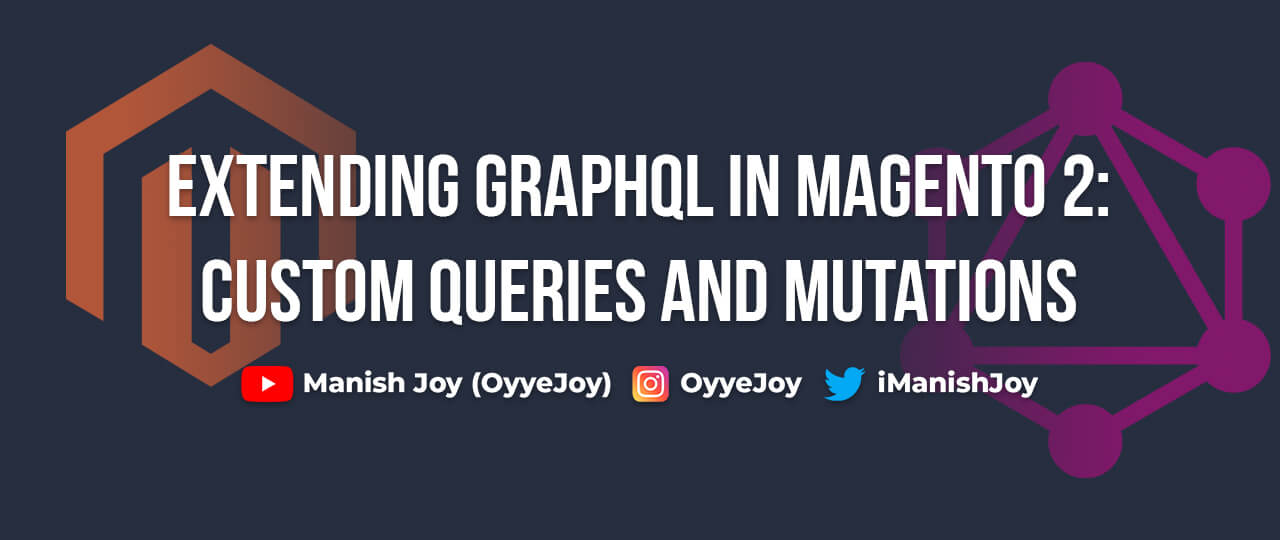Extending GraphQL in Magento 2: Custom Queries and Mutations
Magento 2’s GraphQL API is powerful, but sometimes you need to extend it to meet specific business requirements. This blog will guide you through the process of extending GraphQL in Magento 2 by creating custom queries and mutations.
Extending GraphQL in Magento 2
Magento 2 allows you to extend the GraphQL schema to include custom queries and mutations.
Step 1: Create a Custom Module
Start by creating a new module, for instance, Vendor/Module.
Step 2: Define the Schema and Declare the Resolver
Create the schema.graphqls file in app/code/Vendor/Module/etc.
type Query {
customQuery: String @resolver(class: "Vendor\\Module\\Model\\Resolver\\CustomQuery")
}
Step 3: Implement the Resolver
Create a resolver class in app/code/Vendor/Module/Model/Resolver.
<?php
namespace Vendor\Module\Model\Resolver;
use Magento\Framework\GraphQl\Query\ResolverInterface;
use Magento\Framework\GraphQl\Schema\Type\ResolveInfo;
use Magento\Framework\GraphQl\Config\Element\Field;
class CustomQuery implements ResolverInterface
{
public function resolve(
Field $field,
$context,
ResolveInfo $info,
array $value = null,
array $args = null
) {
return 'Hello, this is a custom GraphQL query!';
}
}
Conclusion
By following these steps, you can extend the capabilities of Magento 2’s GraphQL API to include custom queries and mutations. This flexibility allows you to tailor the API to meet your specific needs, making your Magento 2 store even more powerful and adaptable.
Next Steps
Ready to create a new GraphQL endpoint in Magento 2? Check out the final part of this series for a step-by-step guide:
Liked the post, share with others:




